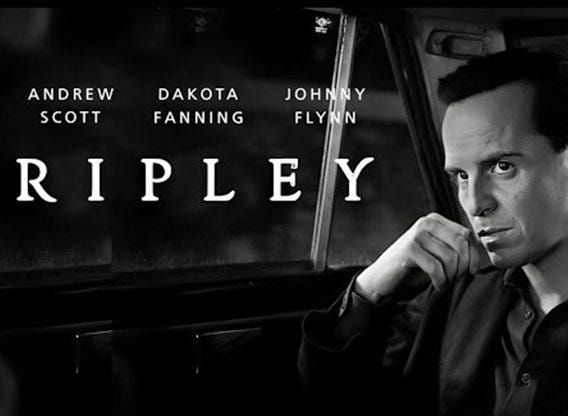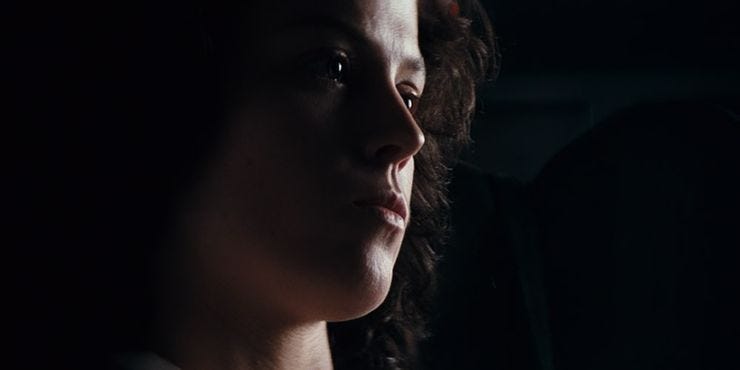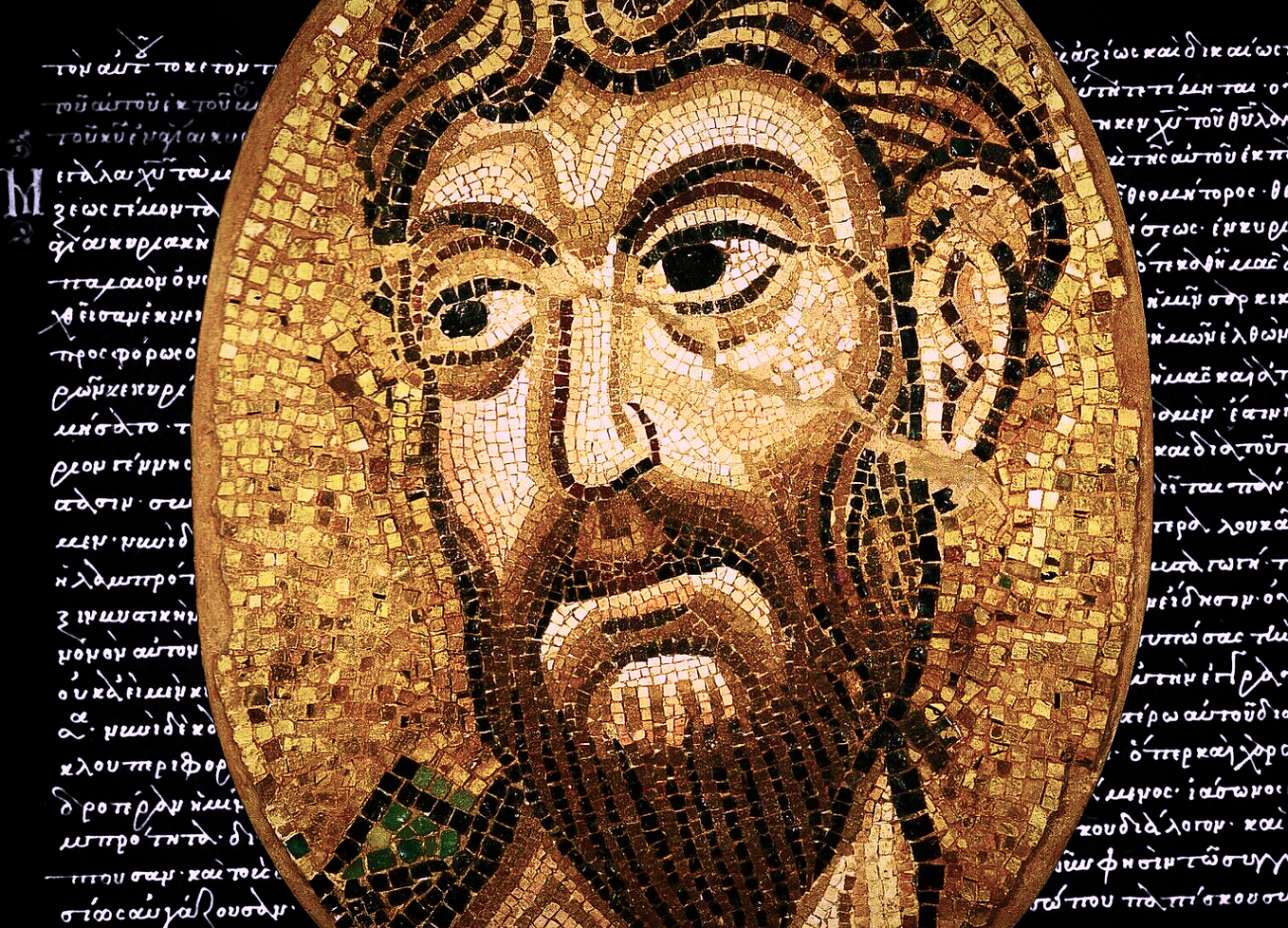Iconic British Fiction: ‘The Time Machine’ (1895) by H.G.Wells
The Novella and Film Adaptations of 1960 and 2002
“So, in the end, above ground you must have the Haves, pursuing pleasure and comfort and beauty, and below ground the Have-nots, the Workers getting continually adapted to the conditions of their labour. Once they were there, they would no doubt have to pay rent, and not a little of it, for the ventilation of their caverns; and if they refused, they would starve or be suffocated for arrears. Such of them as were so constituted as to be miserable and rebellious would die; and, in the end, the balance being permanent, the survivors would become as well adapted to the conditions of underground life, and as happy in their way, as the Upper-world people were to theirs.”
― H.G. Wells, The Time Machine
Herbert George Wells (1866–1946) began work on what would eventually evolve into The Time Machine nearly eight years before its publication in 1895. The original story was called The Chronic Argonauts (1888) and became the first English language narrative to use an inventor-built machine to travel in time.
It had been serialised in three parts in The Science Schools Journal (Wells was the founder and editor) in 1888 when Wells was just 22. After two drafts using similar concepts (now lost) and a bulk of new writing, the idea developed into the famous story that people read today and was published in five instalments in the New Review from January to May 1895 under the title The Time Machine.
This is the story published by William Heinemann, although there is a slightly different version known as the Holt text after Henry Holt who had been negotiating with Wells to publish his story in America.
H.G. Well’s masterpiece The Time Machine is undoubtedly a work of art that created a modern aesthetic — an entire canon of time travel literature and film — that not only permeated popular culture but even influenced some of the greatest scientific minds of the past century.
The late Stephen Hawking once hosted a party for time travelers, and when no one turned up to his very inviting table, he declared that this proved time travel was impossible. H.G. Wells was not the first to invent the notion of time travel (which Hawking so mischievously has fun with) but he undoubtedly established the genre of time travel using a machine invented by the human hand and the human brain on the literary map and established it as worthy of serious philosophical and literary discussion.
It was no coincidence that this genesis took place at the fin de siècle of the nineteenth century. With that century fast heading towards the twentieth, new technologies and new ideas were reinforcing each other, such as the electric telegraph, the steam railroad, the earth science of Lyell, and the life science of Darwin.
Most importantly for this discussion, this period also brought the perfection of clocks, which drove scientists and philosophers to understand time in an altogether different way. It was the greatness of Wells’s imagination to synthesize all this profound change in the zeitgeist into the invention of a fictional but scientifically plausible machine that can travel through time.
Of course, Wells wrote his masterpiece only a decade before Einstein remodelled our understanding of time with his Theory of Relativity. And not forgetting Hermann Minkowski, Einstein’s teacher, whose mathematical model used four numbers (x, y, z, and t) to denote a “world point”- which we now refer to as space-time. Yet it is precisely this new geometry with four-dimensional space-time that takes us to the beginning of Wells’s novella and the very essence of his story: an intrepid man’s journey along the inexorable arrow of time before the way humanity understood time (and Euclidean space) would change our world and the Universe, forever.
In the opening pages of The Time Machine, our Time Traveler asks of his assembled middle-class companions (an Argumentative Person (Filby), a Psychologist, a Very Young Man, a Mayor, a Medical Man, and the “I” that narrates the story):
“Can a cube that does not last for any length of time, have any real existence?”
The cube in question is meant to represent something that exists in the 3 spatial dimensions of length, breadth, and height (a three-dimensional Euclidean spatial manifold), but without t (time). That is what the Time Traveler is enquiring of his guests and us, the reader: how can the cube be acknowledged as having existed in the real world if time has not been included?
Furthermore, the author himself asks an even bigger scientific and philosophical question in his novella: given the enormous expanse of time upon which evolutionary thought relies, can it be said that humanity ever had a “real existence?”
We know the Universe has existed for billions of years before life as we know it arose upon the Earth by pure random chance and it will continue to exist long after we are gone. Then how can we define our being here as significant or meaningful? In The Time Machine, Wells critiques and satirises the inconsistency in those who promulgate Darwin’s naturalistic explanation of origins whilst at the same time revelling in mankind’s special status and position at the pinnacle of evolution due to our intellect.
Along with presenting the human animal as nothing special in the evolving Universe, the other aspect of evolution that Wells incorporates is that the process never ends. In the evolutionary explanation, slow and gradual changes have led to where we are today and will continue to operate even if we were not here.
The transient nature of evolutionary “progress” is demonstrated throughout The Time Machine with images representing extinction or the vanishing vestiges of once-great civilizations. The most important of which is ‘The White Sphinx’, inside which, the cannibalistic Morlocks have hidden his time machine (the Time Traveller in the novella has no name) and his lifeline — the only way to return home.
We are in the year 802,701 and the human species has evolved (social Darwinism) into two distinct subspecies: the bestial Morlocks and the enfeebled Eloi. The first toiling underground, partly blind and greyish-white due to lack of sunlight, and the other, fragile, childish, pretty creatures who are looked after by the Morlocks and have become their source of food.
The dystopian nightmare of the bestial Morlocks working underground for eons and becoming blind as they adapt to this hellish environment vividly conjures up passages straight from 19th-century agitprop tracts by Friedrich Engels. He observed the slums of Manchester in close detail between October and November 1843 chronicling the conditions among the working class in The Condition of the Working Class in England in 1845. It was originally written in German; an English translation was published in 1887.
The pleasure-loving Eloi and the violent cannibalistic Morlocks who use them like cattle are the eventual descendants of that exploitative and entitled contemporary Victorian social hierarchy and milieu satirized and revealed in all its degradation and predation by such books of Charles Dickens as Oliver Twist (1838) and Hard Times (1854) and in Oscar Wilde’s horror masterpiece The Picture of Dorian Gray (1890).
It is revealing to see how the film adaptations in 1960 and 2002 dealt with this undoubtedly pessimistic view that Wells portrays about the future of humanity. He did predict both WW2 and atomic weapons and of course, had there been another nuclear war as shown in the 1st screen adaptation in 1960 then civilization would have been reduced to vestiges and remnants. Although both mostly keep to the story in the main there are significant differences, particularly in the endings.
In the novella, the TT disappears into the future after Weena (the Eloi woman he has become attracted to) is killed by the Morlocks. In 1960 and 2002 films she survives. In 1960 he returns to his home to collect some items including three books from his bookshelf— I have always wondered what three they might be — to help rebuild civilization after he has saved Weena and the Elois, by uniting and fighting back against the monstrous Morlock way of life.
In 2002 it was a full-on genocide of the Morlock race, who now have a leader with telepathic powers. Wells’s struggle to find any significance or meaning in the Cosmos is answered in each film by the actions of both George (1960 TT) and Alexander Hartdegen (2002 TT) through acts of individual heroism against the evil Morlocks, yet their respective solutions to the problem of the Morlock threat are products of the very real denial of freedom for so many throughout history and the usurpation of freedom by ideology.
In 1960, George managed to galvanize the subjugated Eloi to rebel and revolt against the Morlock masters using fire as a weapon. I am reminded of the legend of Prometheus who gave fire to humanity and was punished by the Gods. Giving mankind this fire in the Greek legend is analogous to an act of rebellion against the hegemonic order.
The Morlocks are afraid of fire — the light hurts their eyes after thousands of years underground — and it is the application of weaponised fire that allows the Eloi to gain their freedom from their overlords. In Simon Well’s version (2002), Hartdegen turns the time machine itself into a weapon of mass destruction; a time bomb destroying the Uber-Morlock and the whole Morlock race in a deliberate act of genocide.
The Cold War does infuse the 1960 film as it had in much of the output of 1950s and 1960s science-fiction, particularly in film, and it was only three years later that the world witnessed in horror the Cuban Missile Crisis unfold. But personally, I find a more subtle resonance at work with the ongoing struggle in America for freedom and civil rights and the worldwide militant struggle against Colonial Rule.
The Cuban Revolution under Fidel Castro was only a year old (1959) and The Bay of Pigs (1961) debacle was about to take place a year after the release of the film. Vietnam was next of course. The fire of Prometheus was lighting up the world.
In the 2002 film the dark, deathly shadow of the attack on September 11th hovers across the whole film with its toxicity. Although the film was made just before the terrorist attack upon America, crucially, the editing took place at around the same time and Simon Wells has stated that 9/11 was on his mind when editing the 2002 film.
The genocide of the Morlock race at the end is a manifestation of the anxiety prevalent in many after the attack. In the film’s storyline, Hartdegen creates the time machine to prevent his beloved from dying, but he discovers that his attempts to change the past are a causal loop in a past that cannot be changed.
I would suggest that the genocide of the Morlocks is an artistic manifestation of the psychic anxiety and distress of the 9/11 tragedy — to stop it from ever taking place and save those who perished in the Twin Towers.
In the first film, we have become tremendously optimistic about humanity but in the second there is a resurgence of the very deep aggressive death instinct that Wells examines in his novella. An instinct that civilisation is meant to curb. We have now come full circle back to the pessimistic futurism of Wells’ original story.
George Pal’s 1960 film has become a cult classic partly because of the time machine itself and its brilliant visual portrayal of time elapsing, which is the most obvious point of the story by Wells. The 2002 film has moved the portrayal of time to its most modern of iterations: time loops, but none of this is in Wells’ original The Time Machine of course.
Only when time has the character of a spatial dimension can you get local variations or “warps”, as the next generation of time-traveling and science-fiction stories would imaginatively explore. Wells was a great futurist and I think he would have loved the idea of time loops and the quantum world.
But in the end, like in much of what Wells wrote, the book is a warning to humanity. Man believes himself to be the measure of all things, but time is, as I believe H.G. Wells makes very clear in The Time Machine, the measure of both a man — the Time Traveler — and humanity. That is the answer that unites our idealistic Time Traveler in both films and one of the greatest stories ever written.
Just as a personal postscript to my article, I was asked a couple of days ago by my son — as I was beginning this article — what I thought Christopher Nolan’s next film might be. I hesitated and remembered that all of his films included the theme of time in various ways and means with Tenet being the most obvious and blatant and I responded:
“Why not a new adaptation of The Time Machine by H. G. Wells?”
Well, Chris?









